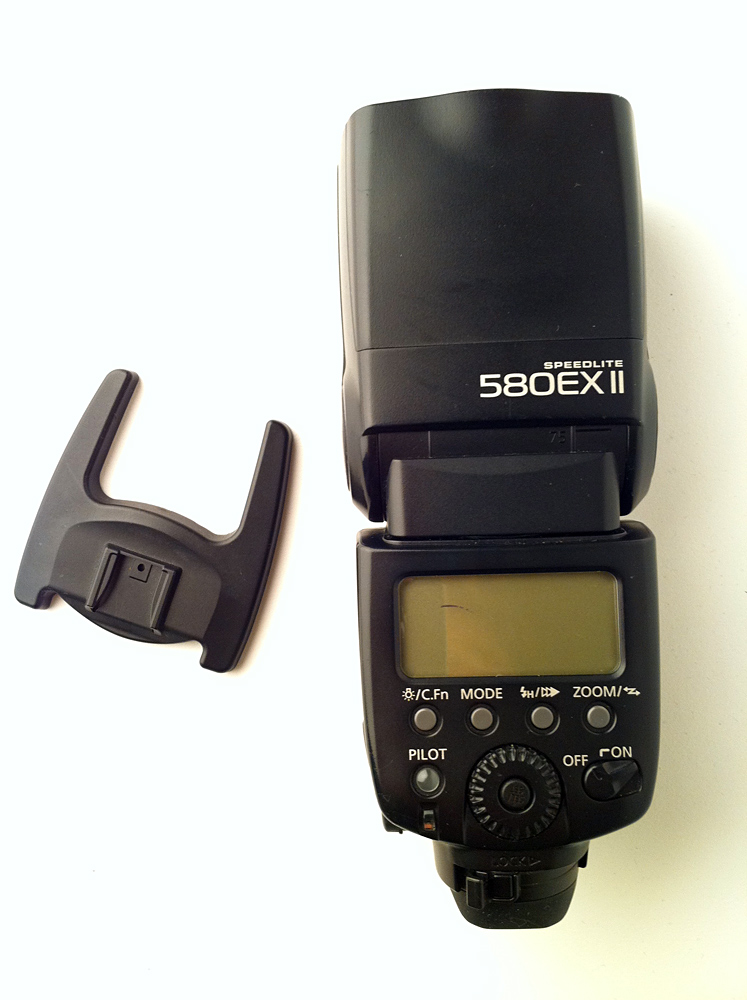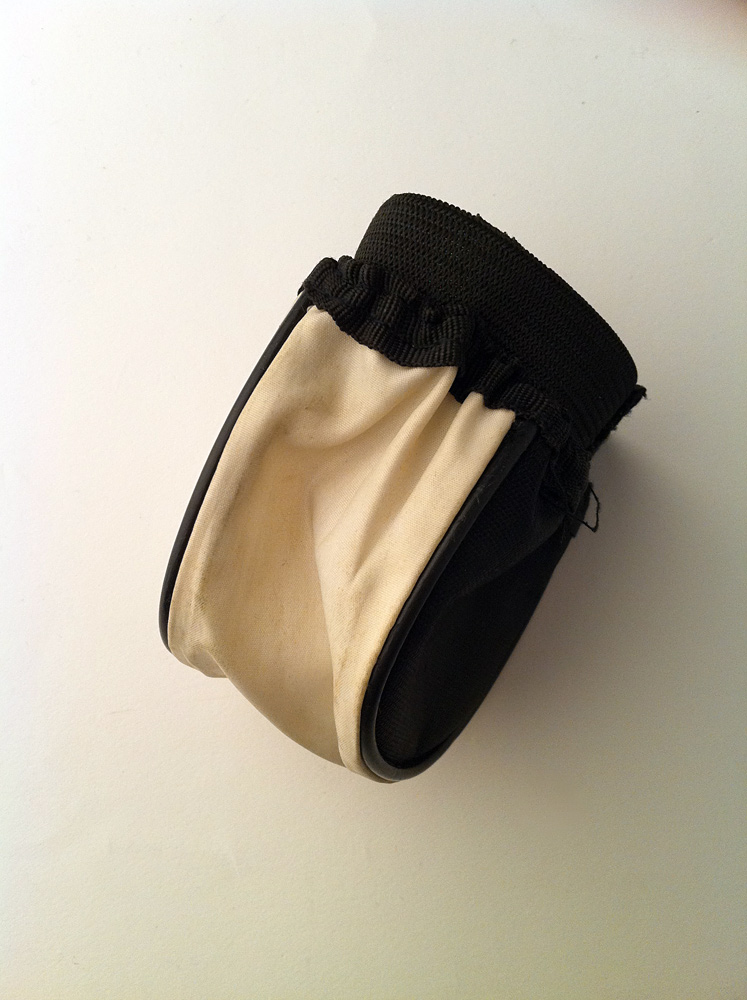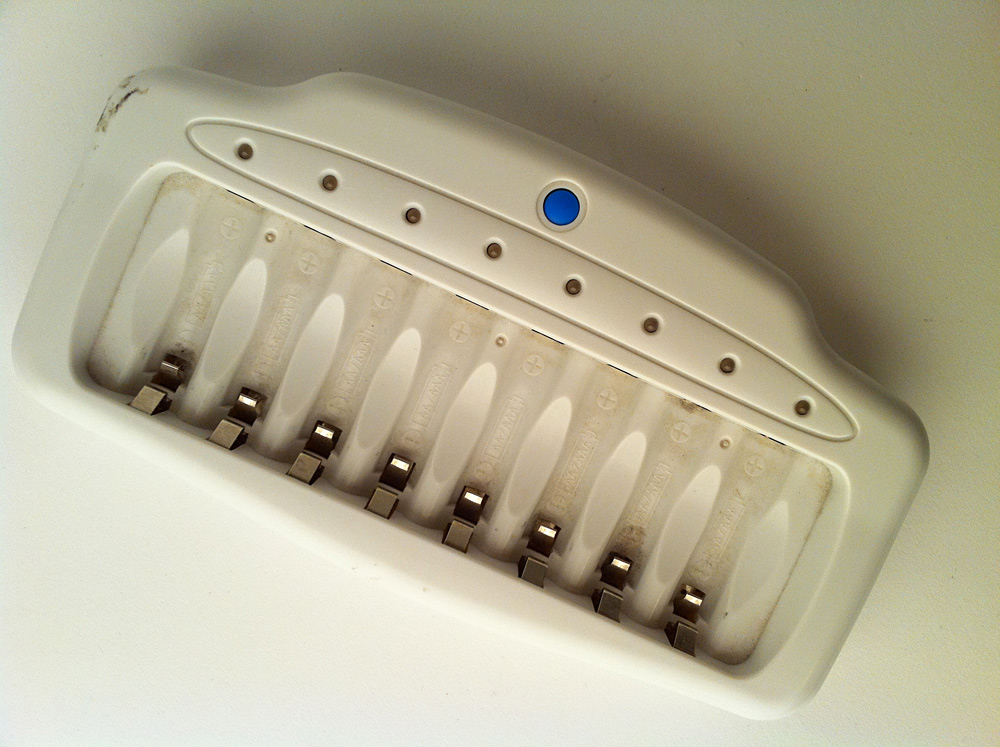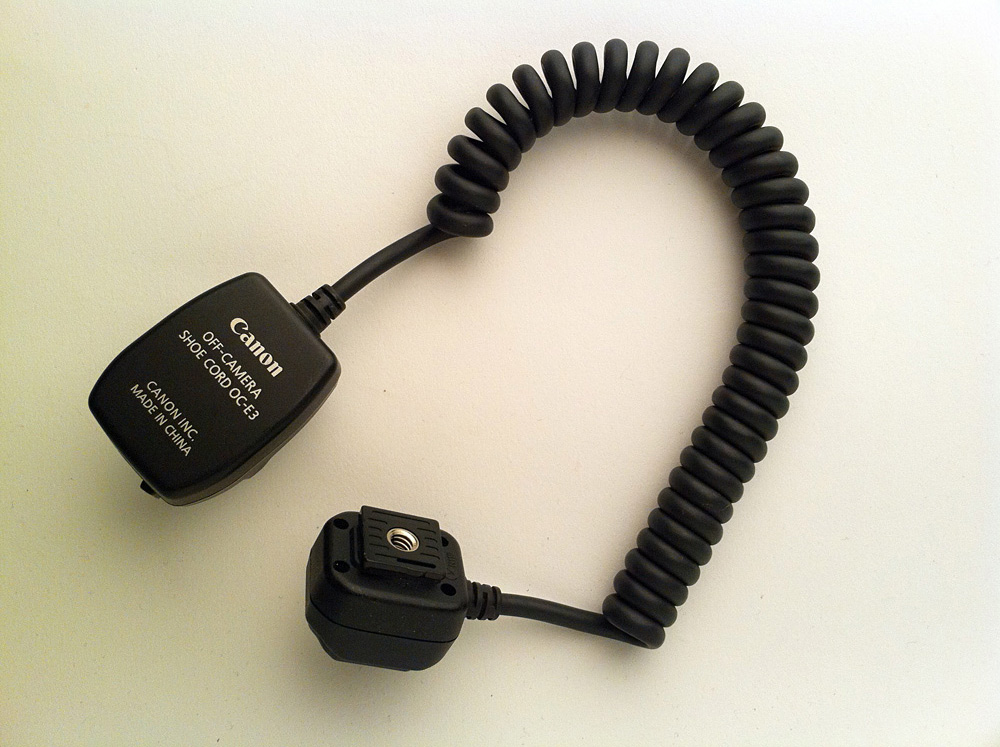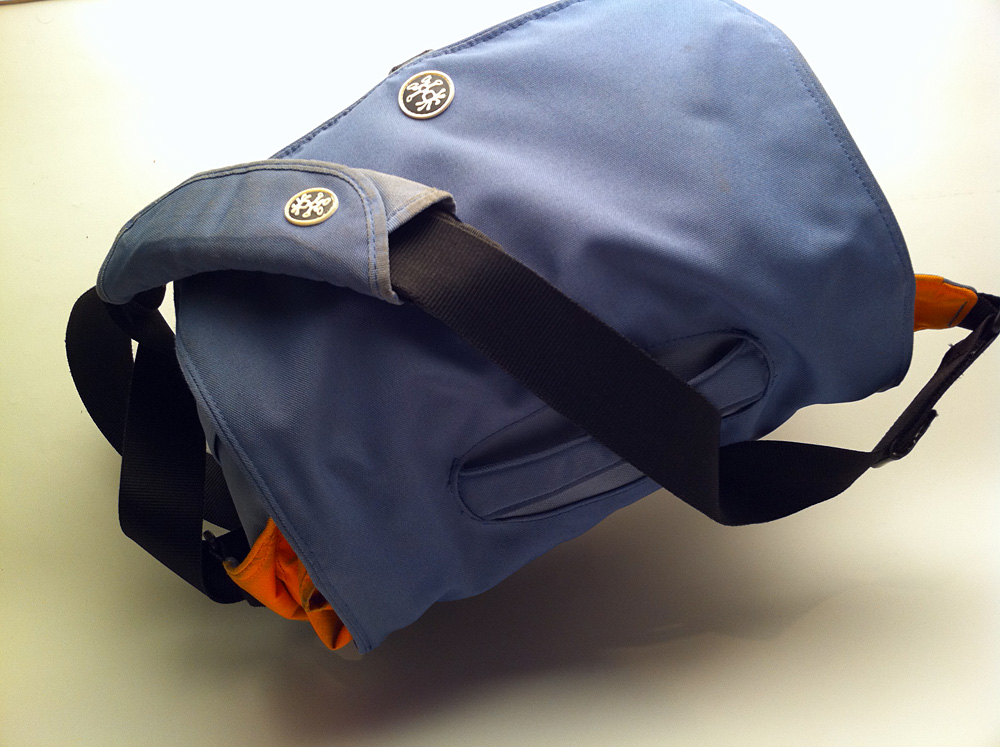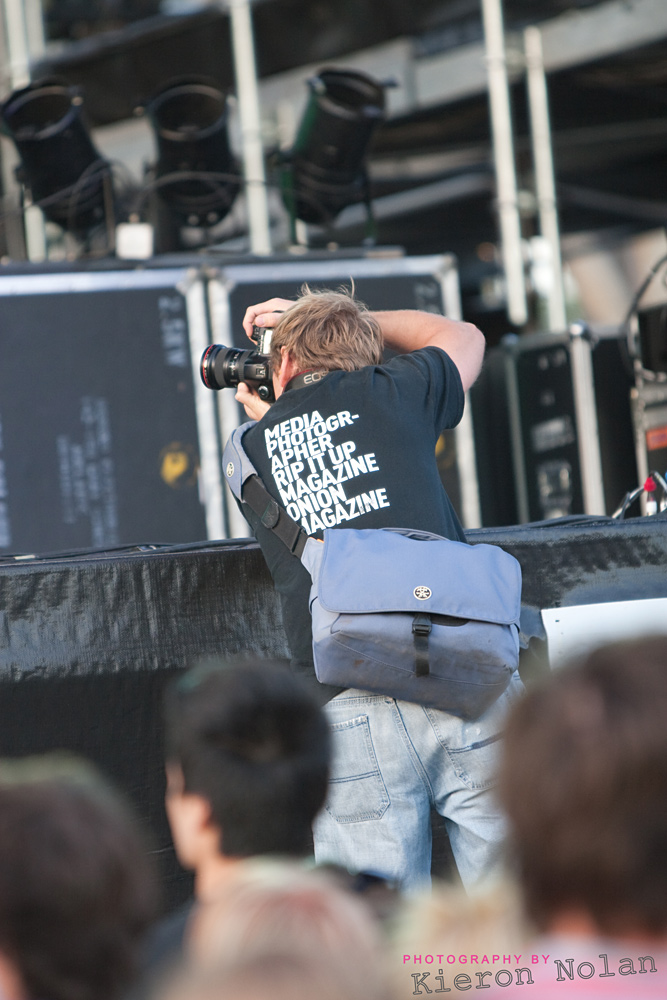Gig Gear List (or what I rock with at least)
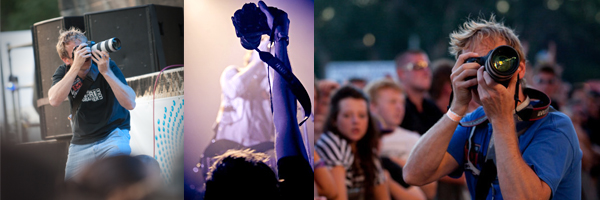
I’m often asked what lens I would recommend to someone looking to start shooting gigs. It’s hard to recommend precisely what will meet everyone’s individual needs as there are way too many factors at play for every situation.
Instead, I’ve put together this list of the gear that I rock with. This is by no means the “be-all-and-end-all” equipment you need to have to shoot bands, this is only what I find works for me.
A QUICK FOREWORD: CANON OR NIKON?
I shoot Canon.
Why?
No reason, except that I started that way and don’t see myself swapping to Nikon any time soon. I am very happy with the lineup of Canon lenses I own and find their performance to be exactly what I need. Having said that, I don’t believe either Nikon or Canon to necessarily be better than the other – I’m sure each have their own merits, I’ve just never shot using Nikon before.
I’ve complied this list of equipment that I use ALL the time. Think of it as an essential list of gear that I need to shoot gigs in the style I do. You may be able to achieve great results using a f/4 lens on a crop body or a f/1.4 nifty fifty and that’s fine. But for me, this is what is tried and true.
NB: The photos that accompany this list are photos of the actual gear I own, they are not lifted from the Canon website and were all shot on my crappy iPhone camera – hence the quality of the images being rather dubious (which is kinda ironic considering the very nature of this site haha!)
BODY
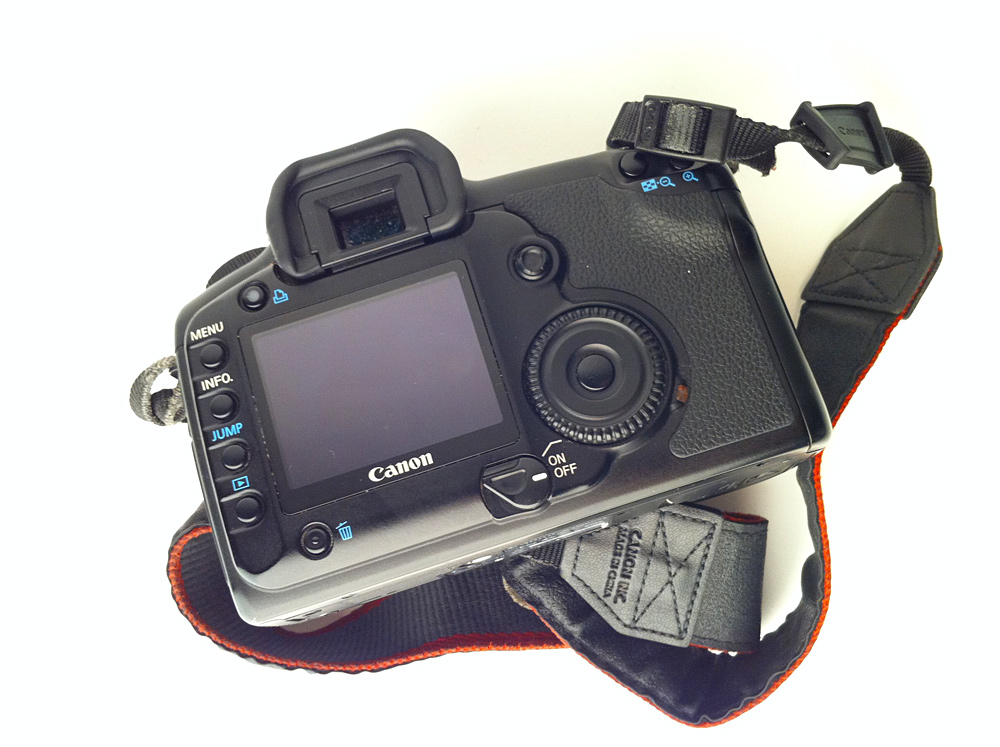
Canon 1DX + 5D
Full frame goodness on the 1DX & 5D!!
I would never shoot a crop sensor.
When you are right up close to a band with a wide lens, the full frame gives amazing results!
Case in point: this shot of Perry Farrell of Jane’s Addiction:
LENSES
I am often asked what lens is the best lens to shoot a gig with.
I don’t think there is one single lens that you could say is THE best. Each lens has a certain purpose, however there are a couple of factors that can help decide which is best for you, the first being cost.
Let’s not kid anyone, good quality L series glass from Canon is not cheap. The thing is, once you’ve forked out and got a couple of good lenses, you will be using them for life. Camera bodies will come and go, but your lens collection will be with you through all upgrades. So I’d say save the beans for a f/2.8 L series lens.
Why f/2.8?
Simply because you will invariably be shooting in the lowest light conditions from time to time, having a few extra stops of light available will come in super handy when you cannot shoot with flash at those sketchy, smaller venues.
Another factor worthy of consideration is where you will be shooting from.
Shooting from the back of the venue with a 16mm lens is not going to achieve anything aside from showcasing the entire venue. The band on stage will be a tiny dot somewhere way off in the distance!
If you don’t have access to shoot from the pit and are planning on stealthing your gear into a few venues to build up your portfolio, you should be looking to buy a long lens. 200mm should cut it for smallish venues, 300mm for larger venues.
Again, go for a f/2.8 as a minimum aperture. Yep, they are expensive, but this puppy will be with you a LONG time, so splurge a little!
Me? I have three lenses that come with me to nearly every gig:
16-35 f/2.8 L for up close and wide from the pit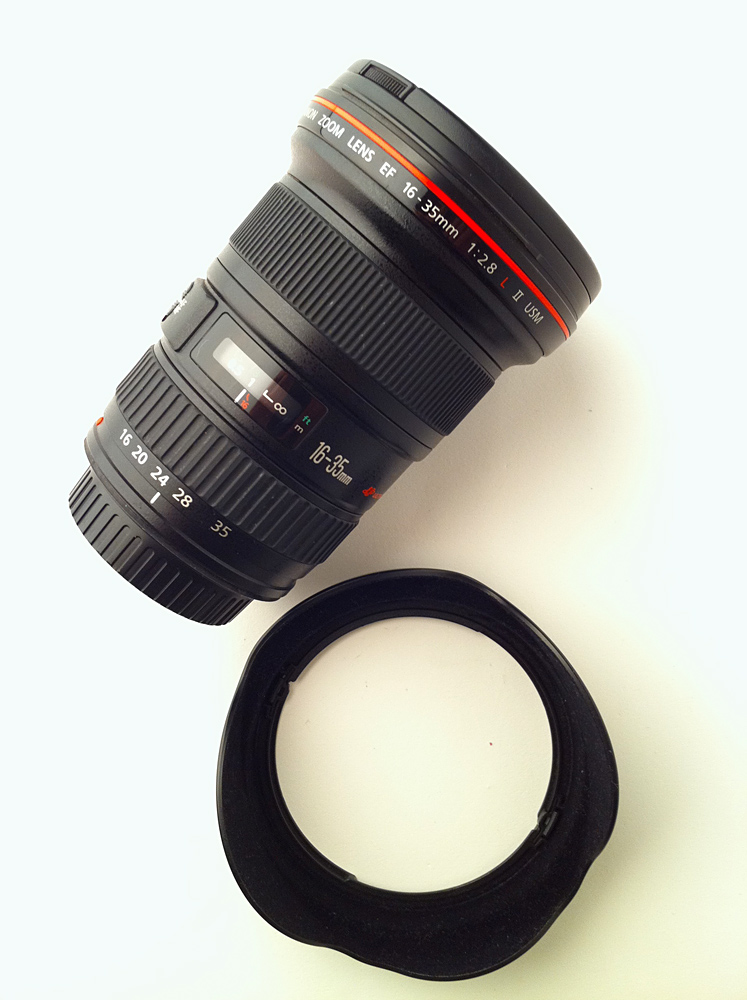
The 70-200 f/2.8L IS for shooting long from the back of the venue (or tight face profiles up close)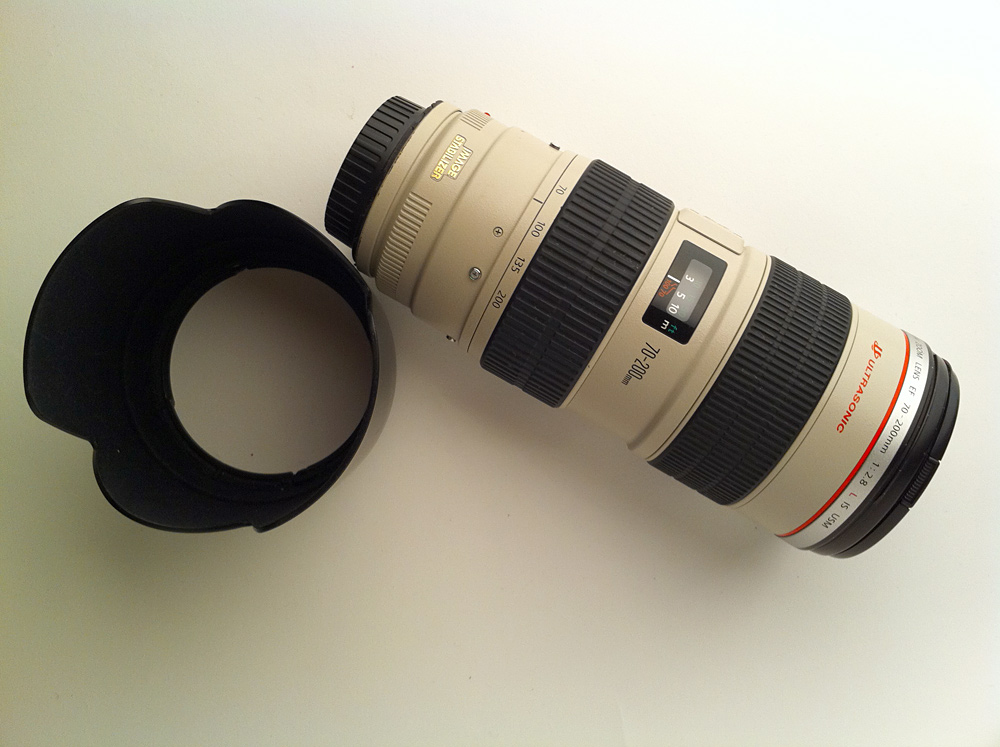
The 15mm f/2.8L fisheye is used in certain instances from the pit but more often than not from on the stage itself. I take this lens with me to hip hop shows where I know I will be able to get super close to the DJ’s. A nice warped fisheye shot goes hand-in-hand with the hip hop scene, the thing is not to over do it! I will also shoot certain bands with it, depending on their style.
A small gripe I have with the 15mm fisheye is the cap falls off ALL the time when stashed in your bag. The solution: bend the edges in a little so it has more grip. Don’t bend them too far tho!
I love the 16mm at the wide end on a full frame body. I’ve developed a “style” of shooting that isn’t seen a lot with gig photographers: I hold the camera high above my body on my outstretched right arm and point down on the band.
I call it the “wide-lens-on-fullframe-body-with-outstretched-arm-high-above-head-pointing-down-at-band technique“. Here it is in action courtesy of Steven Jones Photography: (that’s my arm looking like a dinosaur sticking up above the crowd)
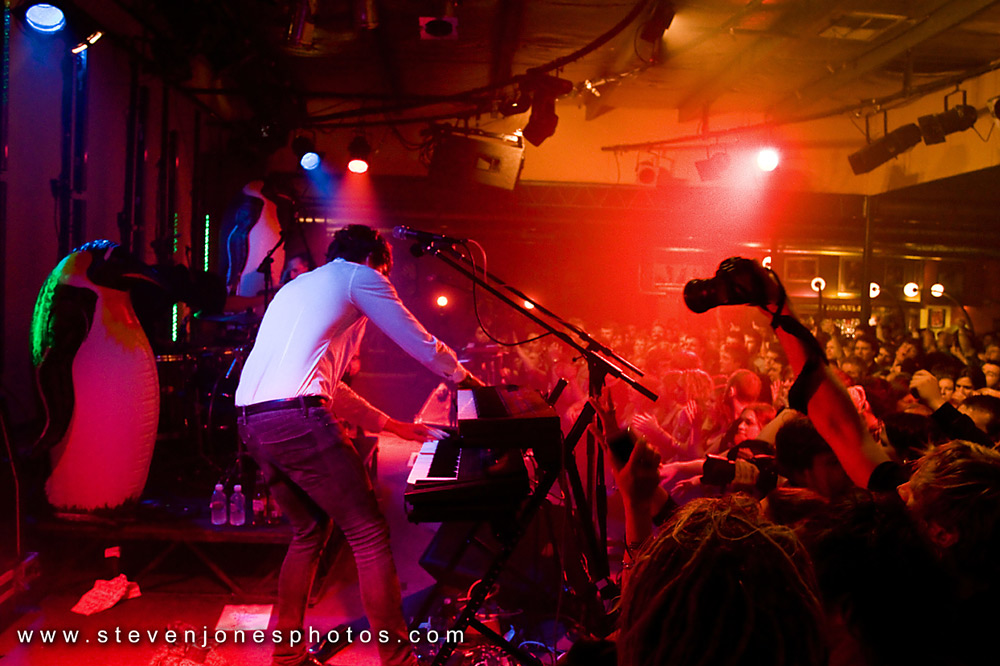
With full frame and a 16mm lens, this technique allows me to get a completely unique perspective on the stage and (ideally) the whole band from above. I do this so my set of photographs stand out from other photographers shooting the same show.
Of course, the thing with this style is to not over do it. No one in the audience wants their view ruined by a lanky arm with a camera attached to it poking way above everyone else’s heads – so I keep it to a minimum. Get in (or get up, in this case!), get the shot and get out!
I’m lucky that I am also 6’2″, so including my arm stretched above my head and then sometimes even standing on tippy toes that puts me well over 7′ tall! Thanks genes!
This shot of Declan Melia of British India simply wouldn’t have been possible without my style.
Lens Hoods?
Me, I personally don’t use them at gigs.
I’m only shooting with one body, so swapping lenses on the fly is enough to worry about, removing a hood and putting another back on before putting the first lens back in my bag is too many things to worry about.
Sure, they are great and serve an important purpose, however the added hassle isn’t worth it for me. If I had a second body I’d have lens hoods on both lenses and they would be permanently left there, but until then, I’m happy to have a little lens flare from time to time.
UV Filters?
Nope, I shoot naked. Nothing in front of my lens.
Flashes
Any time I am shooting in venues with sub-par lighting I will bring my own. Unless there is a “no flash” policy of course! My weapon of choice is the 580EX II Speedlite:
The smaller venues are the best ones to light. I will put flashes all over the stage, as many as I can get my hands on! When I personally know the band I will let them know my intentions beforehand and more often than not they are cool with it. I’ve had a band tell me that the more flashes that are popping the more professional it makes them look! Suits me fine!
This shot of Ben Farrelly of Se Bon Ki Ra with a speedlite on the ground behind him was only possible because I know the band. How did I get to know them? I went to their shows and photographed them. They liked the results. Then they invited me onto their stage to shoot at their next gig. But more on networking some other time. (P.S. Check Sven on drums in this pic for extra bonus points! haha!)
Diffusers
Bare flash is fine outdoors when you want as much power from your speedlite as possible, but when shooting indoors within a close range to a band, I diffuse my light using this rather simple yet effective diffuser:
Soft Diffuser from Fotogen
One thing I’ve never agreed with about the most widely used diffuser, the Sto-fen Omni Bounce is that there is no directing of the light? Being a completely opaque material on every side means sure you are getting diffused light, but it’s spreading 360 degrees from your flash! Why send light behind you? (If you’re gonna bounce the light, remove the diffuser and aim your flash direct at the wall – the wall is then your diffuser).
This beautiful soft diffuser from Fotogen has two massive advantages over the Sto-fen Omni Bounce in my opinion:
Batteries
To power my Speedlites, I use Eneloop re-chargeable’s from Sanyo. I have two sets of 8, and being the systematic half German that I am, I’ve drawn a line around the second set to distinguish them from the first set I bought. Why? I wanted to see which set lasted the longest (in life-span terms). So far there is no difference between either set.
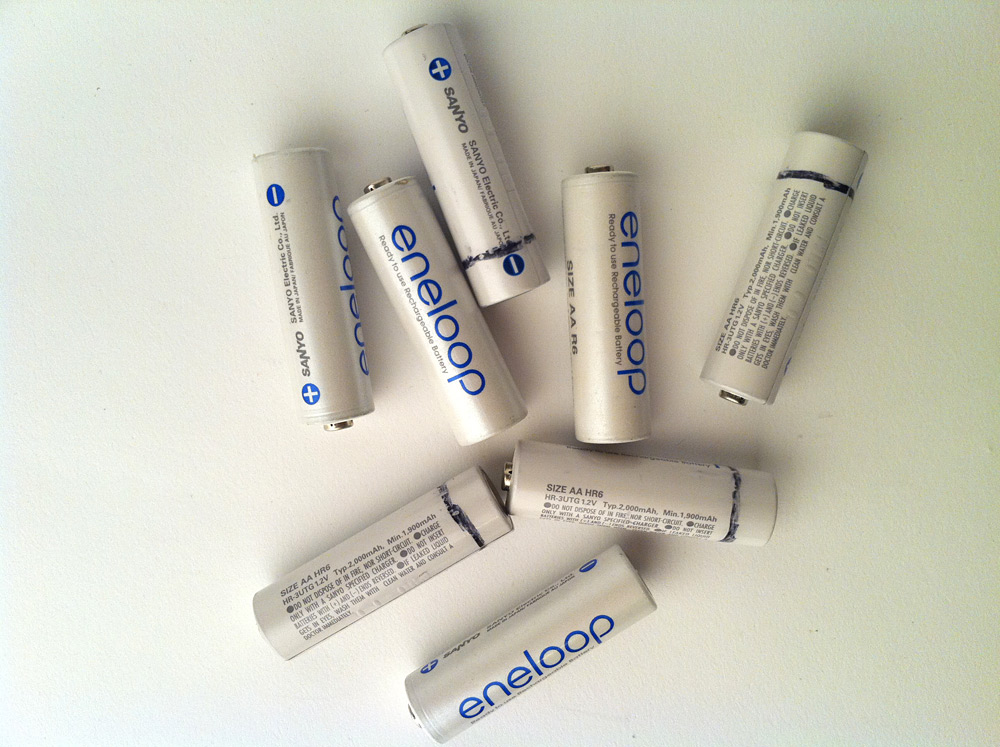
These batteries boast a super fast recycle time and are totally more than capable of handling as many flash pops as I can throw at them. And you don’t have to fully drain them before re-charging. I put mine on charge after every gig no matter how much I’ve used them, that way I’m guaranteed to have a full charge the next time I need them.
An added bonus when I bought my first set was a package deal running that bundled 8 AA’s with the Enecharger NC8700 charger:
The beauty of this charger is that it comes with a cigarette lighter adapter, so you can charge while in your car! Perfect for when on location with speedlites and a bunch of batteries!
Off Camera Shoe Cord
When shooting a single speedlite off camera, I will use the OC-E3 cord from Canon:
I’ll hold the flash out with my left hand stretched the length of the cord. This allows a different angle of light to hit the subject resulting in more dramatic shadowing. Shooting with any more than one off camera speedlite I will use the infra red system to trigger both flashes, leaving one mounted in the hot shoe.
Carrying it all
Putting all the above together and carrying it to a gig (ok, so the charger doesn’t come with me) requires a pretty damn impressive bag. The only choice in my opinion is a 7 Million Dollar Home from Crumpler:
I’ve taken this pic from above as thats pretty much how I see the bag every time I look down! I fit everything above in mine easily. In fact, I can also fit a second speedlight, plus business cards, extra memory, extra batteries, lanyards, keys, spare change, notepad and pen and sometimes even a hoodie in there!
Being an over the shoulder bag means I can swap lenses with the bag still on my shoulder, on the fly. That’s a BIG advantage over a backpack when shooting from a tight position such as in a small photo pit.
And, all Crumpler bags have a lifetime warranty! Double bonus!
You can see from this pic courtesy Kieron Nolan that mine has been around, it’s good to know if anything did fail it’s instantly replaced. That seals the deal for me!
And that’s pretty much it.
Of course if I had a second body, I be leaving one of my lenses on it permanently and it would be coming with me to gigs, but for the time being I’m happy with the above gear and the results I can get with it.
NB – the banner image at the very top of this page contains a collage of three images originally shot by (from left to right) Kieron Nolan, James Field & Michael Selge – three top notch Adelaide photographers that probably do things HEAPS different to me. And that’s what makes photography so damn amazing!




